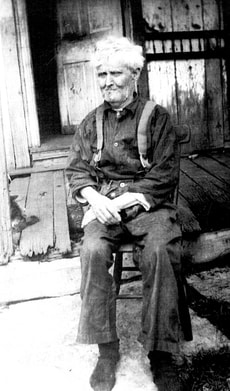
The Maugans family cemetery is located off Harp Hill Road. The stones have been removed but the Maugans remain. The first of this clan came from Germany to Pennsylvania in 1695. There were, and are, various spellings of the name: Maugins, Maugin, and even Morgan.
Conrad Maugans, known throughout his life as "Nick," was born in about 1732 and researchers have found records of his father's death in Wolfsville, Frederick County, and have thus attributed Conrad's birth to the Wolfsville area.
Who was Conrad Maugans? He was a man of determination and stamina. At one time, Maugans owned a part of the land grants with the colorful names "I'll Take It All" and "Tom's Farewell." However there was another parcel of land for which he and another man sought a grant. reportedly, Conrad walked all night to Annapolis to beat his competitor to it. When the other man arrived the next morning, he found Conrad at the capitol building with the deed in hand. This parcel became the Maugans' homestead and was known as "Conrad Travels At Night." Their log cabin stood over the spring. The Maugans Family cemetery is adjacent and the Conrad's remains still occupy the land for which he walked so far.
Below: The Will of Conrad Maugans; Right: John Robert Maugans (1860-1940). Resident of Ellerton and descendant of Conrad Maugans.
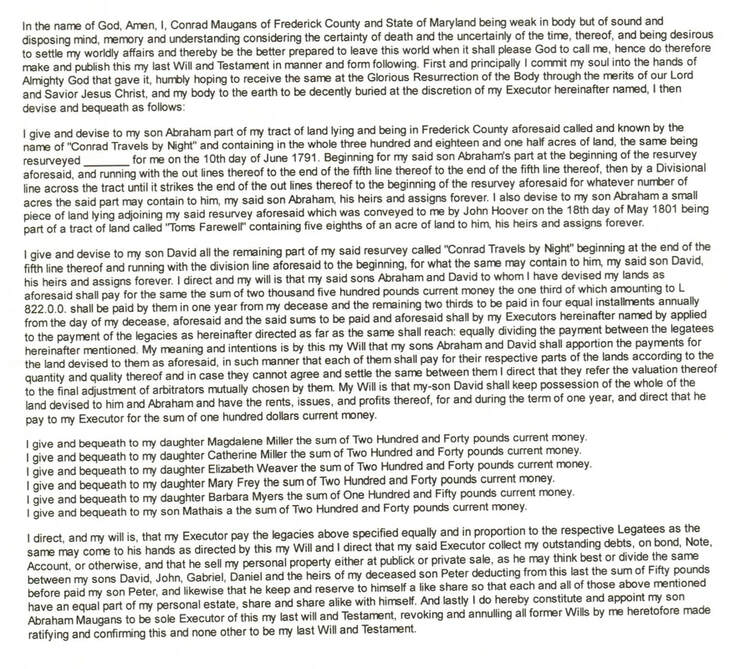

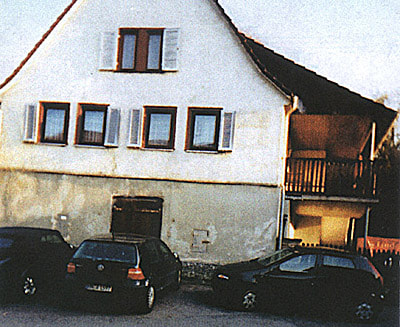
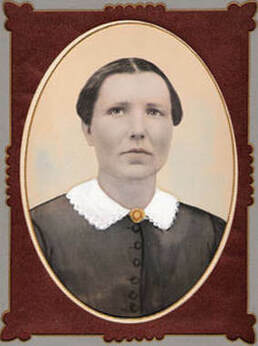
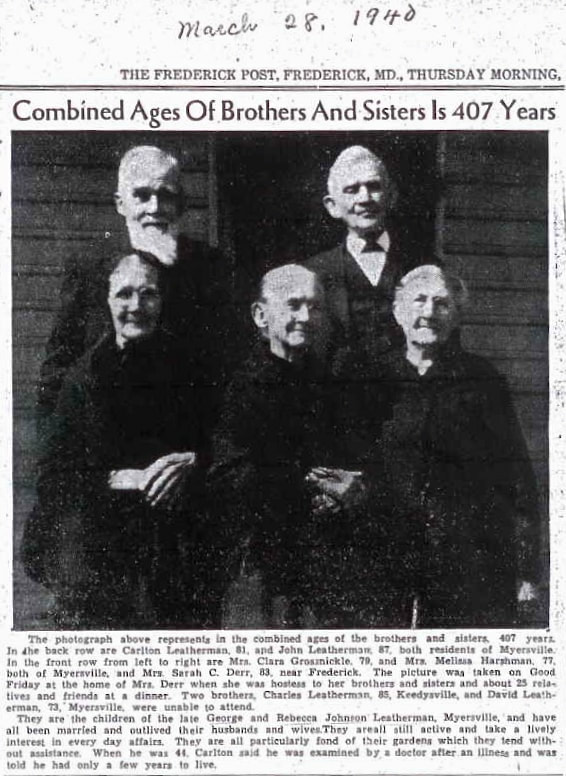
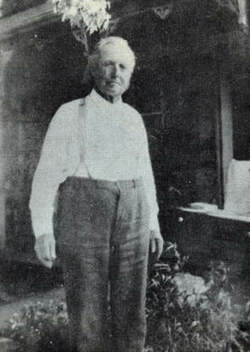
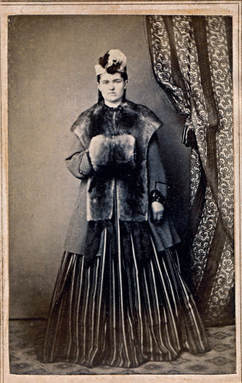
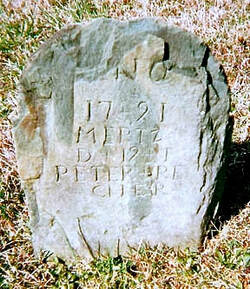
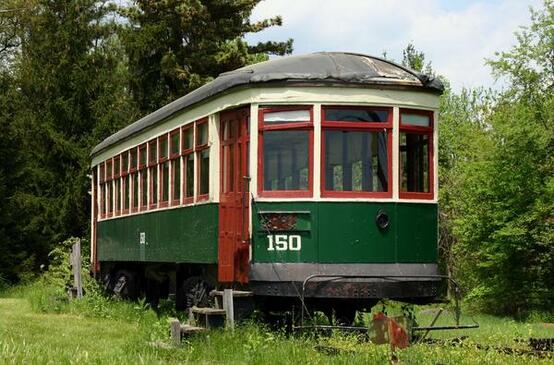
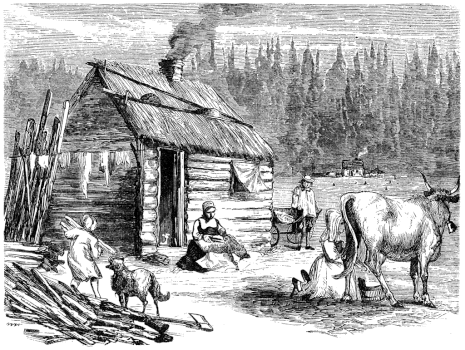
 RSS Feed
RSS Feed